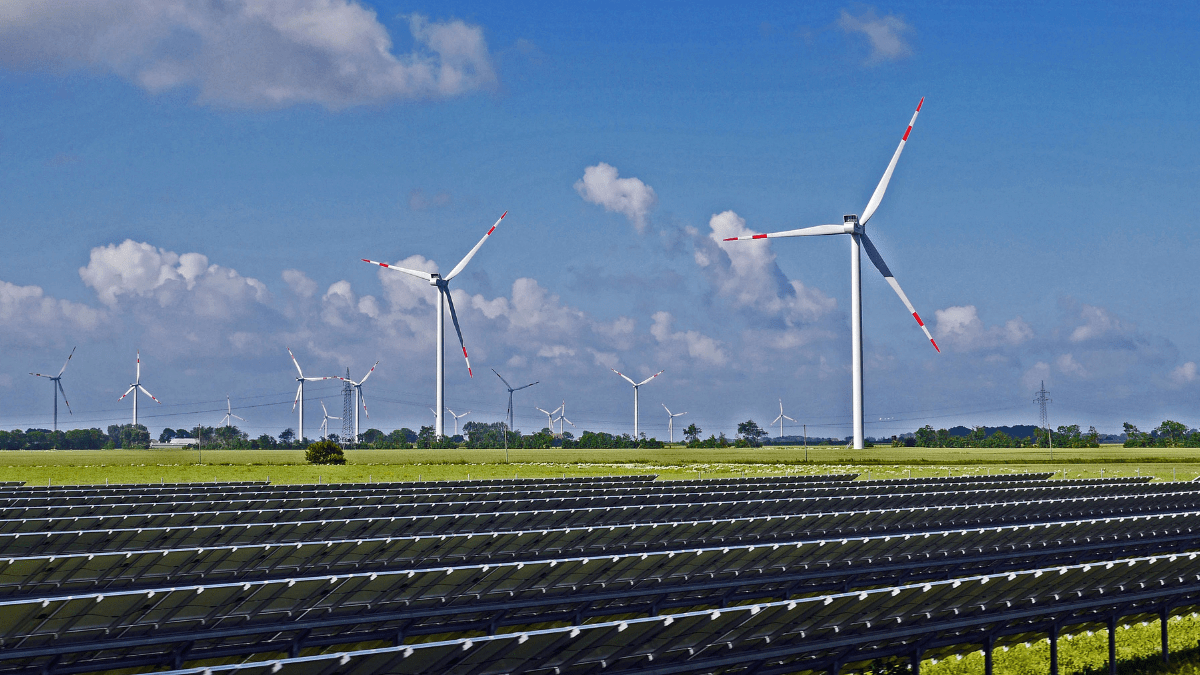“`html
SECI Boosts Solar Adoption with 7 GW ISTS Renewable Power
India’s solar expansion reaches new heights as the Solar Energy Corporation of India (SECI) releases data showing over 7 gigawatts of renewable capacity through Inter-State Transmission System schemes. This milestone powers approximately 1.4 million homes, marking significant progress toward India’s clean energy targets.
Key Opportunities for Solar Developers
Updated July 2025 figures reveal compelling prospects for project developers. The ISTS framework enables cross-state solar and wind power transmission without additional charges—a breakthrough for regions with high renewable potential but limited local demand.
Project Portfolio Breakdown
- Hybrid wind-solar installations
- Stand-alone solar farms
- Storage-linked tenders
- Cutting-edge bifacial panel trials
Simplifying Interstate Transmission
While ISTS complexity initially deterred adoption, SECI’s standardized power sale agreements now offer plug-and-play connectivity at pre-approved substations. This mirrors Gujarat’s successful 2022 pilot that reduced energy costs by 18%.
Financial Viability Analysis
Projects achieve grid parity within 3-5 years, with tariffs stabilizing around ₹2.50/kWh. Improved net metering policies further strengthen the business case for large-scale solar profitability.
The Road Ahead
SECI’s 7 GW initiative sets the stage for hybrid tenders combining solar, wind, and storage—key to achieving India’s 500 GW renewable target by 2030. Modern forecasting and battery solutions like the Tesla Powerwall now ensure reliable grid integration.
“`






